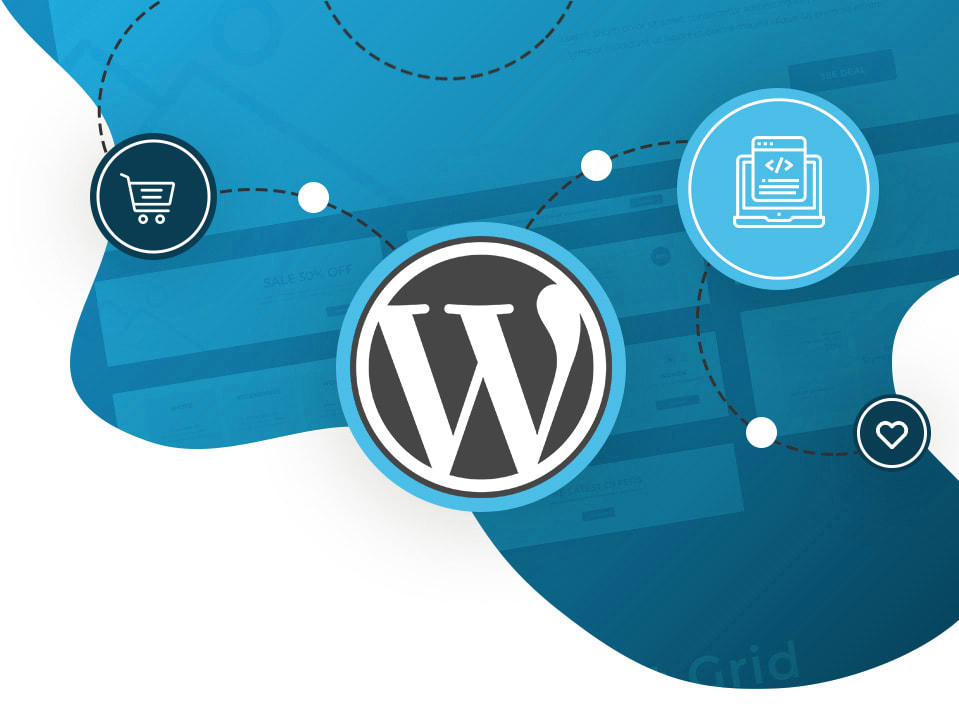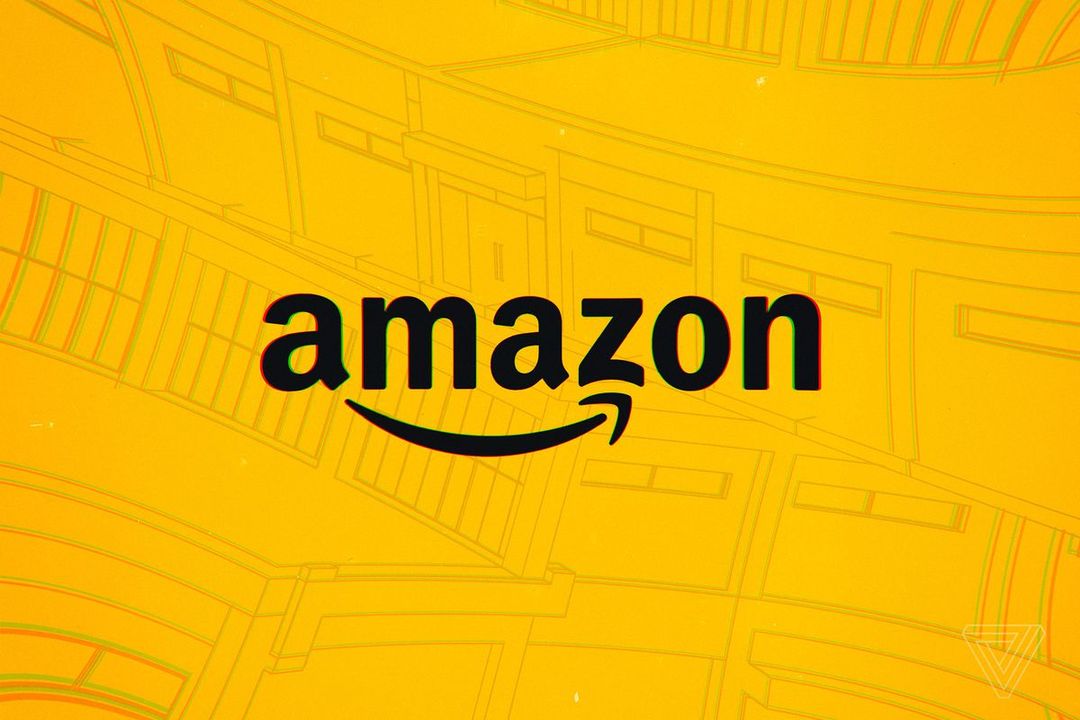It’s a fact! The link between your logistics strategy and your conversion rate is undeniable! Today’s consumers demand more and more and both want faster delivery and free shipping. Taking care of the delivery of your products is therefore an essential step for the customer experience and the success of your e-commerce!
Why is delivery a key criterion for the success of your e-commerce?
Consumers do not like to pay shipping costs: neither shipping costs nor return costs, and this are one of the main reasons for shopping cart abandonment! The e-client is willing to browse multiple competing sites looking for free shipping costs and if you are in a very competitive industry, they are sure to find satisfaction elsewhere at the expense of quality, price, or even product safety.
There are studies that reveal approx 67% of people place prices and delivery times at the top of their online purchase criteria. However, e-merchants are still far from offering solutions adapted to the expectations of their customers:
- 37% do not communicate the delivery dates, while 29% of e-consumers expect to be delivered on time.
- Only 7% of online stores offer shipping costs while 73% of customers are asking for free.
- 9% of e-shops offer their customers the choice of their delivery niche, while 41% of customers cannot make themselves available to receive a parcel at home.
- Finally, 40% of e-shops opt for parcel returns in parcel relay (32% in Click & Collect) while 62% of consumers appreciate this return method.
As you can see, there is a gap between the expectations of customers and the actions taken by online merchants.

What logistics actions should be put in place for a better shopping experience?
As we have seen, the delivery time and its cost have a significant impact on the purchasing decision, but the quality of the logistics service is also taken into account. 35% of online shoppers will indeed order from a competitor’s site after a bad delivery experience.
1. Offer several delivery methods
Each delivery method has advantages and disadvantages for both your online business and your customers.
- Home delivery: this is appropriate for large parcels, but your customer must be present on-site, and the organization of tours at the last mile can be expensive and not very ecological, especially if the customer is not there. you.
- Delivery to a relay point: the e-client chooses his delivery date and the closest relay point. This optimizes delivery costs, but for the sake of the economy, as the shipments are often shared, this lengthens delivery times.
- The Click & Collect: If you have a physical store while offering online sales, the option to create a link with the buyer and therefore better customer relations, but the organization of the collection point can be binding ( dedicated staff and space).
- Express delivery: the customer experience is optimal, but it requires a large stock of merchandise and great responsiveness to meet deadlines.
- Delivery by appointment: much appreciated by consumers, its logistics remain expensive, however, since you have to delegate to specialized carriers such as MyXBorder or FedEx.
Our advice
Combine several delivery methods (home delivery than to a relay point in case of absence, fast delivery to a relay point, etc.).
2. Choose several transport providers
Signing a contract with just one carrier can be risky. To avoid finding yourself helpless, it is wise to choose several companies. To make the right choice, make sure that they respect the delivery deadlines and that they offer:
- Parcel tracking to warn your customer of late delivery.
- The possibility of delivering on weekends or in the evening.
- Delivery nationally and internationally.
If the task seems complicated to you, there are e-commerce logistics platforms that manage a whole network of carriers. You often benefit from preferential rates and each customer can select their delivery method and carrier.
You can of course ensure your shipments yourself to increase your margins, but it’s a lot of work. You will have to manage the processing of orders, the management of their deliveries and returns, the printing of shipping labels. Depending on the size of your e-commerce, it is more advantageous to outsource logistics.
3. Opt for free conditional delivery
Free delivery is a strong selling point for attracting new customers. However, you can subject it to certain conditions such as a minimum purchase or delivery offered for the first order placed. It is up to you to define your marketing policy to convert your prospects into customers. Large e-commerce brands are gradually putting delivery costs back in place. Take the time to explain to your customers the environmental and financial impact of free shipping. On the other hand, product returns must remain free as far as possible.
Our advice
You now understand the value of taking care of the delivery of your products. One last tip to avoid ordering errors: take care of your product sheets too!
Author Bio:
Srividya Kannan is a techie by heart having global working experience in the USA, Europe, and Asia. She is the director and co-founder of MyXBorder, a company providing cross-border shipping solutions. She is an entrepreneur who is always enthusiastic about applying technologies to solve business problems and also a busy mom of 2 who is always exploring ways to make life easier.














Leave a Reply